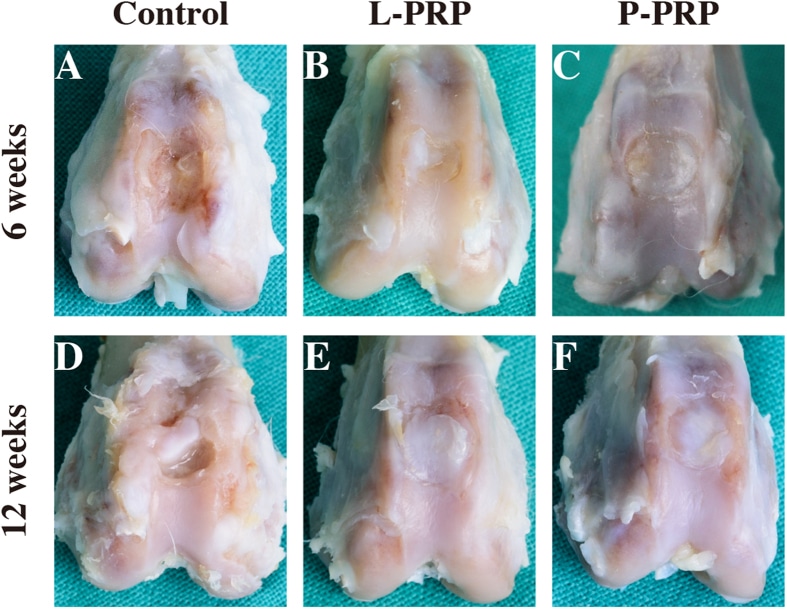PRP Doesn’t Help Cartilage Repair? Always Read the Fine Print!
It’s always bizarre to me what makes the rounds of the science news. This week it was a paper, that websites covered, with the headline, “Platelet-rich plasma does not promote stem cell-mediated cartilage repair.” Like many research papers that are hyped, you always need to read the fine print. When you do, this headline isn’t accurate. Let me explain.
What Is PRP?
PRP is an acronym for platelet-rich plasma. It’s basically what you get when you concentrate the platelets in the blood. It’s used extensively throughout medicine, especially in orthopedics, to help with tissue repair. We have high-level research evidence that it can help tendon repair and strong evidence that it helps mild to moderate knee arthritis symptoms. There’s also strong evidence it helps low back pain caused by a painful lumbar disc.
What Prior Evidence Exists That PRP Helps Cartilage Repair
PRP has been extensively studied in the lab for cartilage repair. As one example, just last year, an animal study comparing two different types of PRP demonstrated that the amber PRP (the type we use, which is red- and white-blood-cell poor) was better at cartilage repair than red PRP. However, both helped cartilage repair (see images below from that study):
Other studies follow:
- PRP helps cartilage repair when seeded with chondrocytes (animal model).
- Buffered PRP helps stem cell-mediated cartilage differentiation.
- PRP helps repair cartilage by stimulating repair cells.
- PRP helps bone marrow concentrate (BMC) heal cartilage lesions more than BMC alone.
- PRP helps stem cells differentiate into cartilage (in vitro).
- There are many more, but it’s early in the morning…
Bizarrely, at the same time that the paper claiming PRP didn’t help cartilage repair was published, another paper was published in a different journal that concluded that it did help stem cells turn into cartilage. What was the difference? This paper actually used PRP; whereas, the hyped paper never actually used PRP. What? Let me explain.
Understanding Different Platelet Products
The people who wrote the crazy headlines seem to have no education on the different products that are made from platelets or how they work. Platelets help your body heal when there is an injury by doing two major things. The first is that they form a clot. This is critical in that it stops bleeding, and as the wound heals, the platelets cause the clot to contract to help to pull the two ends of the tissue damage together. The second is that the platelets release growth factors over seven days to stimulate healing and bring in cells that can do the repair job. This week-long growth-factor party is coordinated day by day to enhance healing, meaning more of some types of growth factors are released on day one versus more of others on day seven.
There are other things you can do with platelets in the lab. You can create what’s called a releasate, which is what the authors of the much-hyped paper did. To do this, you add a clotting agent to the PRP and let it form a clot. The platelets will release some of their growth factors due to the clotting agent. You then throw away the clotted platelets before they have a chance to release the rest of their growth-factor payload. So if PRP is a seven-day, carefully coordinated growth factor healing party, a releaste is an artificial mishmash of some of the growth factors from the platelets. Basically, the difference between Beethoven’s Ninth Symphony (PRP) and that random cacophony of sound you hear as a band or symphony warms up their instruments (releasate).
The Hyped Paper Never Used PRP in Its Experiments
The hyped research paper that found that “PRP” didn’t help stem cell-mediated cartilage repair in a lab study never used PRP. They used a releasate. Meaning, while the other paper published at the same time used the whole platelets to deliver Beethoven’s Ninth Symphony of carefully timed and controlled growth factors to coax tissue healing, the hyped one used the growth factor mishmash and threw away the platelets. So why does their title state that they used PRP? Who knows. However, the honest title would have been “Effect of Platelet-Rich Plasma Platelet Releasate on Chondrogenic Differentiation of Adipose- and Bone Marrow-Derived Mesenchymal Stem Cells”
Why One Paper Made the Science News and the Other Didn’t
You would think that science is blind and not at all impacted by business. However, a great example of the business of science is the publishing industry and how that impacts what doctors and patients believe. In this case, the publisher issued a press release on this paper, likely trying to get eyeballs on its journals, which in turn would drive paid research paper downloads and subscriptions. Those press releases then form the basis for news stories, which doctors and patients read. So unless they took the time to dig deeper, they now believe that PRP doesn’t help cartilage repair. However, that’s why you read this blog!
The upshot? There is ample evidence dating back at least to 2005 that PRP helps cartilage repair. It also helps stem cells differentiate into or repair cartilage. However, in the case of this hyped paper, the researchers never used PRP. Hence, always read the fine print or this blog!

NOTE: This blog post provides general information to help the reader better understand regenerative medicine, musculoskeletal health, and related subjects. All content provided in this blog, website, or any linked materials, including text, graphics, images, patient profiles, outcomes, and information, are not intended and should not be considered or used as a substitute for medical advice, diagnosis, or treatment. Please always consult with a professional and certified healthcare provider to discuss if a treatment is right for you.

